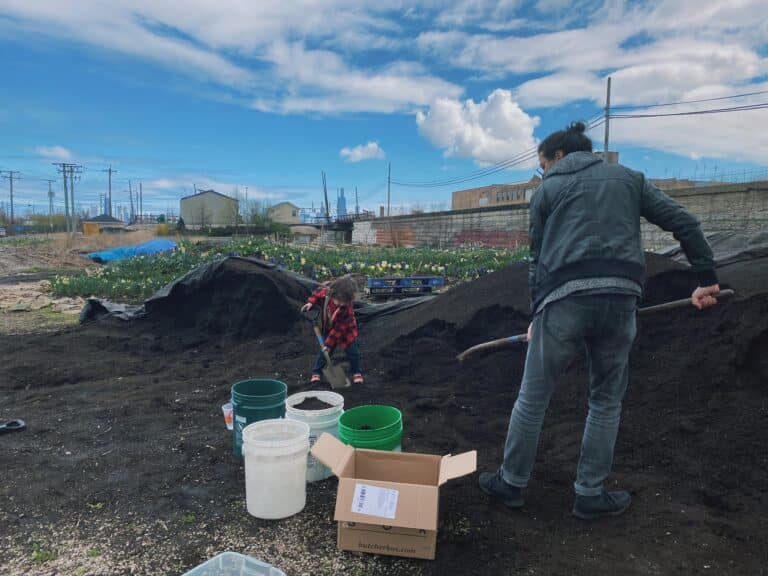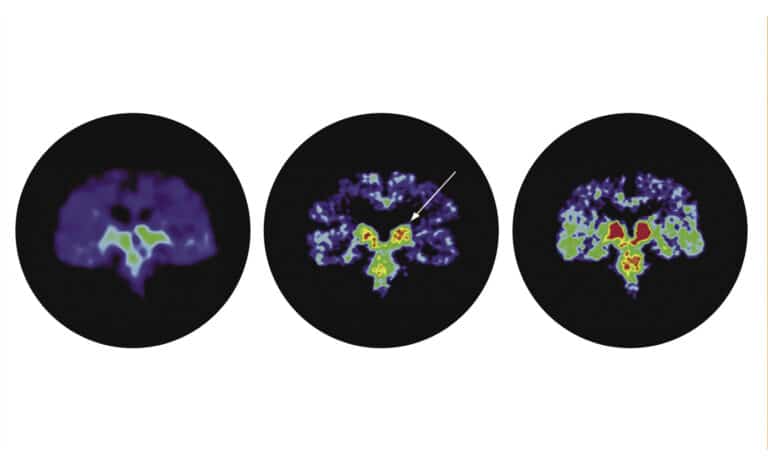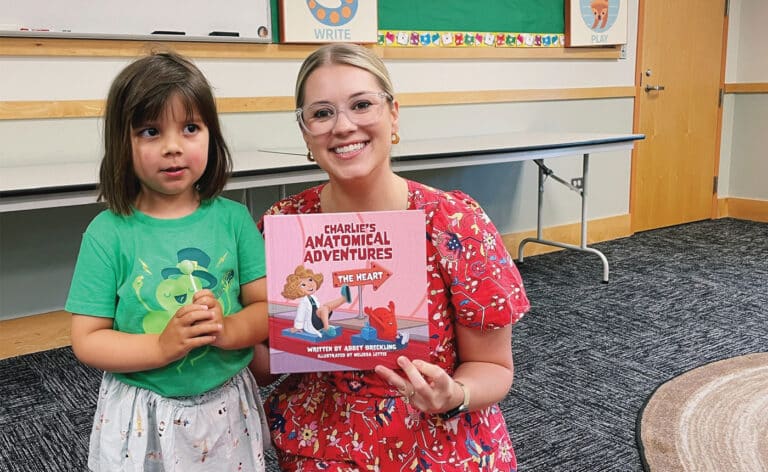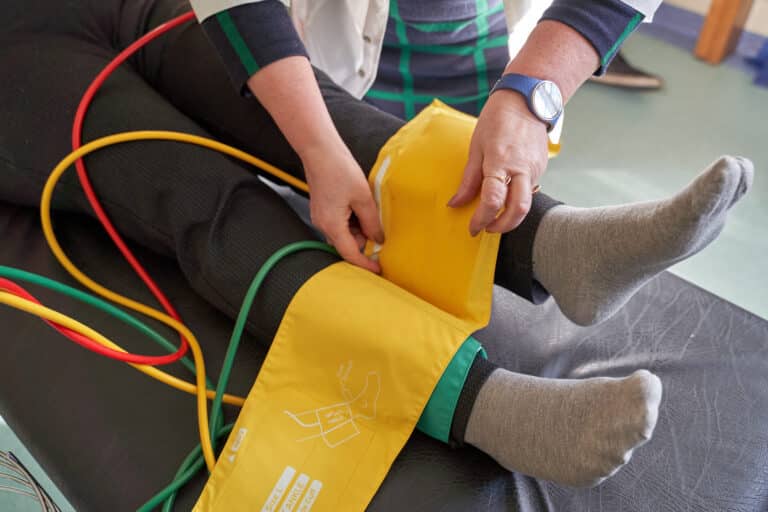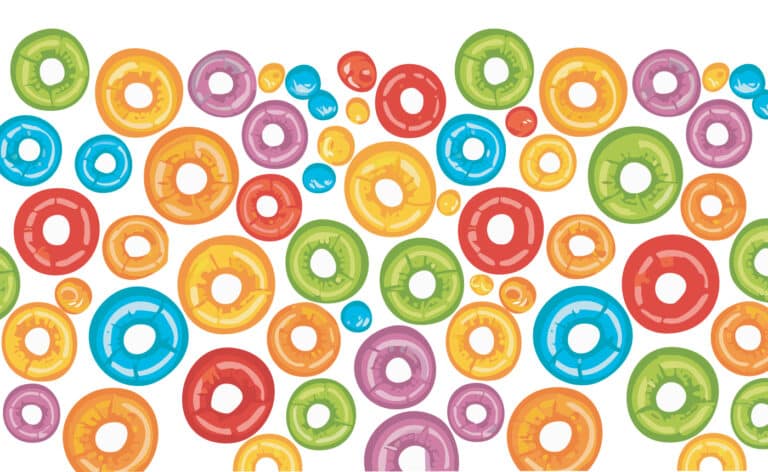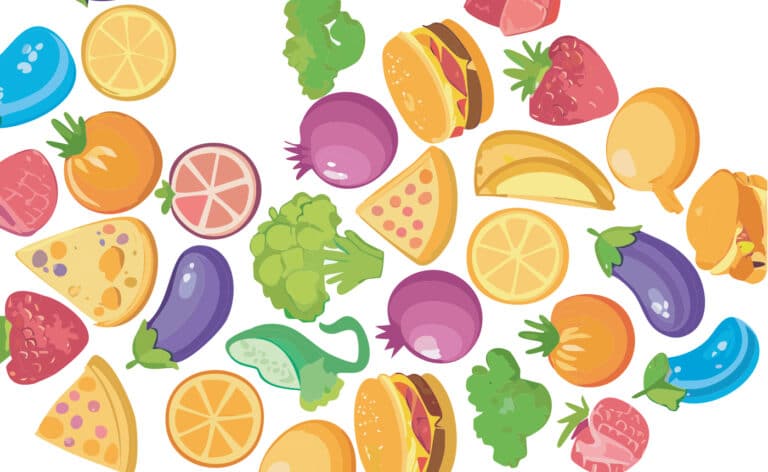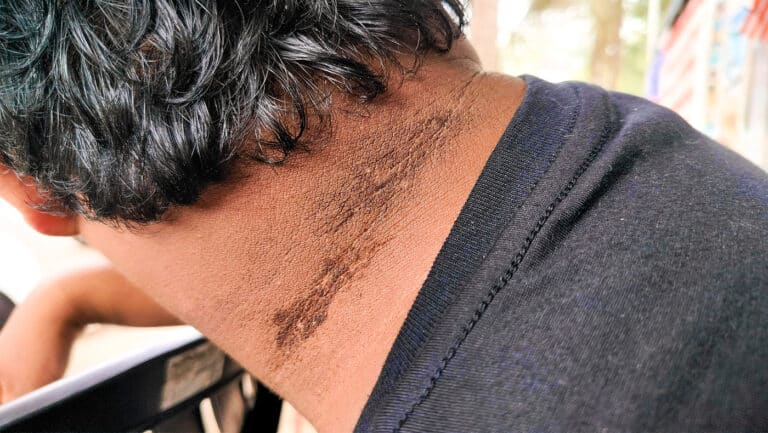Area hospitals, pantries work to counteract federal cuts
Fact checked by Shannon Sparks
Illustrations by Fiorella Quaranta
The sprawling Illinois Medical District — home to Rush University Medical Center, Cook County Health, UI Health, Sinai Chicago, the Jesse Brown VA Medical Center, and more — sits just east of some of Chicago’s most under-resourced neighborhoods, including Garfield Park and Lawndale.
But it still came as a surprise, Julia Bassett says, when Rush learned just how many of their own employees are food insecure. Bassett serves as systems manager for Health and Community Benefits in Rush’s Office of Community Health Equity and Engagement.
“If our own people can’t come to work and feel nourished, how can they bring their best selves to work?” Bassett says. “It was critical to learn that people who work at Rush are food insecure, and that they have to commute from their communities and then shop at Costco or Jewel in our [work] community to access food.”
Bassett spearheads the hospital’s Food Is Medicine program, which started in 2022.
Food as medicine
“We want these programs to be as robust as possible,” says Bettina Tahsin, a dietitian and network diabetes program manager with Cook County Health.
“Food is medicine” is a common moniker used for such programs; Cook County Health used the term to advertise its partnership with the Greater Chicago Food Depository, and organizations in Northwest Indiana run food access programs under the “food is medicine” and related “food as medicine” labels.
“It’s an acknowledgement that not all things can be fixed by medicine and a doctor alone,” says Shannon Andrews, chief equity and inclusion officer at Cook County Health. “If someone comes into one of our clinics and is not only food insecure but [also] has health issues like diabetes and high blood pressure, they really need access to fresh food and vegetables. We have to think strategically.”
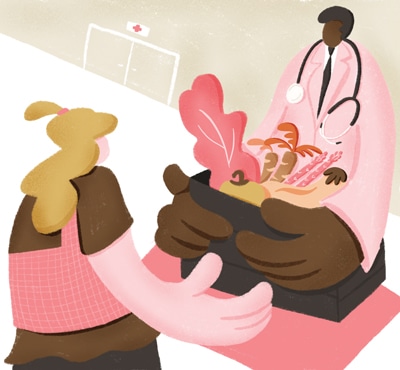
In addition to the pantry, the program offers a medically tailored meal delivery service and nutrition and lifestyle change classes.
The increasingly robust programs dedicated to addressing food access issues reflect the growing awareness and sensitivity to food insecurity among both private and public organizations. But they also underscore the scope of the problem and the fact that large-scale food and nutrition challenges in Chicago remain unresolved.
A 2020 Chicago Department of Public Health study shows that within 26 of Chicago’s 77 community areas, 25% or more of residents faced food insecurity, primarily concentrated on the South and West sides. Overall, approximately 12% of Cook County residents face food insecurity, but the rate is higher in Chicago proper, at around 20%, according to the Greater Chicago Food Depository.
The Food Depository also released a “2025 Greater Chicagoland Hunger Report” showing a 20% increase in grocery prices over the past five years, while half a million Illinois residents are projected to “see their [SNAP] benefits decrease or disappear altogether,” according to the report.
Neighborhood struggles
Before the pandemic, Englewood, Garfield Park, and Lawndale exhibited some of the highest levels of food insecurity. Unfortunately, food access in those neighborhoods has not significantly improved.
Garfield Park and its nearly 40,000 residents lost their only grocery store, Aldi, in 2021. The neighborhood was a food desert until a Save A Lot discount grocer opened last year.
Save A Lot also replaced Whole Foods in Englewood in 2023. The brand, whose name belies a focus on discounted options, has come under fire recently for sanitation issues and expired products, particularly at the Garfield location.
“A lot of people won’t shop there,” Bassett says. “They don’t trust it. They don’t trust the food. The store needs to alleviate a rodent situation.”
For many residents who face food insecurity and related health issues such as diabetes, the root causes are clear, but solutions remain elusive. Many residents don’t trust that health organizations will help, without slapping them with a large medical bill.
“People are very much aware [of their food insecurity],” Andrews says, “but their attitude is ‘What am I supposed to do? I have a full day, three kids, two jobs.’ Food deserts and financial constraints can leave limited options for healthy, fresh food. All these factors make the choice of stopping for French fries and a cheeseburger much easier.”
Andrews says their program works hard to connect patients to healthy food options.
Residents also face concerns over poverty stigmas and a lack of cultural sensitivity from those trying to help them.
It’s essential that people see a health professional who looks like them so they can feel a sense of identification with that person, says Bassett, who is Black. “You can have meaningful, intelligent conversations with [program participants] about the challenges they face as Brown or Black individuals and help them navigate those issues.”
Instead of fearing ridicule for taking food from a pantry, recipients of Rush’s Food Is Medicine program can make their own coffee at a delivery site and receive a 30-pound bag of fresh fruits and vegetables from local farms. During these visits, Bassett emphasizes the health component of these meal kits rather than the idea they’re a handout.
In a cruel irony, another major misconception about food insecurity and food deserts is that residents lack access to food in its most literal sense. Rather, food is available, but it often comes in the form of fast-food restaurants and unhealthy options.
“People think if someone is larger, they must have access to food,” Tahsin says. “Sure, people are able to scrounge around and find food at corner stores, but they’re having a difficult time finding food that helps or managing chronic disease: healthy fruits and vegetables. People tend to grab what is available.”
Tahsin added that obesity, a common condition among people with food insecurity, is not solely caused by a carbohydrate-heavy diet, but also can be triggered by high sugar and saturated fat intake. Studies show that a high-protein, plant-based diet better manages diabetic symptoms.
A 2021 study of racial segregation and urban food environments in Chicago foundthat each additional convenience store within a community correlated withan increase in the obesity rate. The study also confirmed that predominantly Black communities in Chicago face greater problems with food and grocery store access.
Both Tahsin and Bassett say they try to tailor meals and meal plans to fit individuals’ lifestyles and cultural backgrounds.
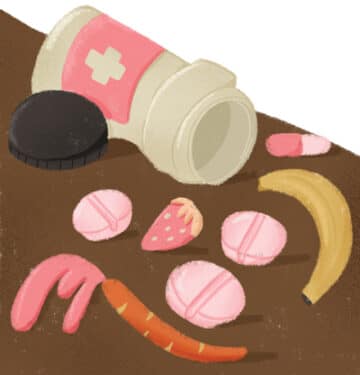
“We know cuts are going to happen,” Bassett says, noting her own daughter was cut off from Medicaid and SNAP benefits this year. “Big companies are still writing donations [to us], but we know the cuts are going to continue. We’ll keep re-enrolling patients, even though they may not be able to see light at the end of the tunnel,” she says. “I want to provide hope. It’s discouraging but also enlightening.”
More than 60 people have gone through the program multiple times in the past year. Bassett says their weekly referral rate from physicians has increased from approximately 70 people to nearly 100. That hasn’t stopped her and others from personally delivering meals directly to patients’ homes, if needed.
According to Andrews, on average, more than 200 people use Cook County Health’s weekly food pantry in Belmont-Cragin, and they expect the new pantry at Provident Hospital to serve a similar number.
Tahsin says that dietitians and staff work hard to connect people to local pantries such as the Greater Chicago Food Depository and also help them navigate Medicaid and Medicare coverage for nutrition assistance.
“When you meet people who are hungry, and you’re able to give them something as simple as an apple and an onion, you feel like you made an impact,” Bassett says. Food may be medicine, but it’s also a connection.

Originally published in the Fall 2025/Winter 2026 print issue.

Aaron Dorman is a reporter based in the Chicago area who specializes in environmental and/or technology issues. He doesn’t understand the difference between mostaccioli and baked ziti; thinks it might be a marketing scam.


